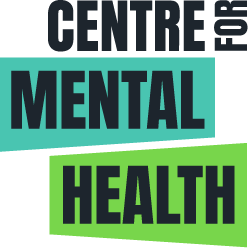As a staff team, we have explored the language we feel is appropriate to discuss race, ethnicity and racial injustice. We have created the below guide and will be using this across our research and communications.
We know that the language used by society, academia and services around race and ethnicity can be problematic.
This creates further barriers to having open and honest conversations about racism, and the impact it has on people and our wider society.
Terms such as ‘BAME’ are used to talk about diverse and widely different groups of people, all of whom have experienced discrimination under white supremacy which pervades our society. But we know some of this terminology can be unhelpful. We have therefore created this guide to help staff and associates when writing/speaking about race and ethnicity. The terms we are suggesting are not perfect, and this guide will evolve as our language evolves.
We will use the following principles when talking about race and ethnicity:
1. Wherever possible, be specific
‘Umbrella’ labels can homogenise communities and overlook the diverse experiences among different communities. So wherever possible, be specific about the community or people in question. Exceptions to this include: 1) where the data we are using has grouped multiple communities together; 2) where sharing specific details could identify or put participants at risk of harm.
2. Avoid using ‘BAME’ as a noun or a label
Terms such as ‘BAME’ (and even ‘Black, Asian and Minority Ethnic’) homogenise people of colour, and ignore the diversity of experience between groups. They also ignore the discrimination experienced by minority white communities such as Gypsy, Roma and Traveller communities and some Jewish communities.
3. Where using one label to speak about multiple communities is unavoidable, we will use the terms:
- Racialised communities (may be especially relevant when we are speaking about inequality and injustice). This is because ethnic, racial and cultural communities who are in the minority have been racialised – that is, white-majority systems have categorised groups according to the colour of their skin or other cultural or religious features, and in doing so have ‘othered’ and marginalised them.¹
- People of colour (or ‘people of colour and other marginalised groups’, if we are also talking about minority white groups such as Gypsy, Roma and Traveller communities or some Jewish communities).
- Communities experiencing racial inequality.
We have avoided selecting just one ‘right’ term to use, because it always depends on the context in which terminology is used.
4. Capitalise ‘Black’ and any other racial identity (e.g. South Asian, Roma, Jewish)
However, we will not capitalise ‘white’. This is because ‘Black’ refers to a shared history, community and identity in a way that ‘white’ does not. Capitalising ‘white’ also has different connotations, including being linked to white supremacist groups.
¹ As the Esmee Fairbairn Foundation describes: “’Racialised’ doesn’t define people’s community or identity, but the phenomenon that is happening to them.”
For more information, get in touch with us at contact@centreformentalhealth.org.uk


